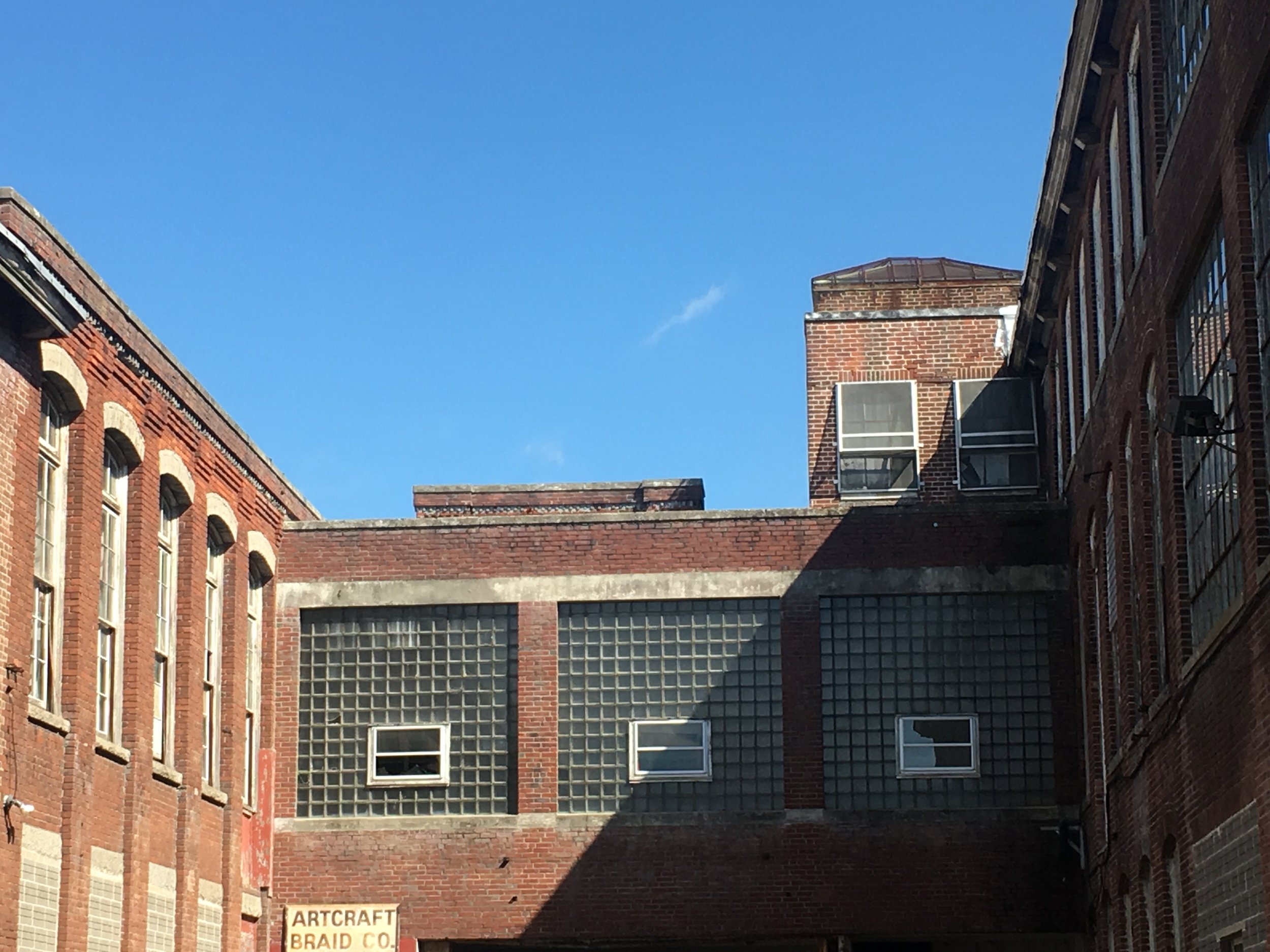women painting luminous dials in 1932
In 2013 Strange Attractor created a play about invisible labor through the lens of museum security guards, Enlightenment on E Floor North. While researching labor for that show, we discovered articles about The Radium Girls, young women who worked in US factories in the early 20th century painting watch hands with radium so they would glow in the dark. They were instructed to lick the brush tips many times throughout the day in order to gain the sharpest point. This was, of course, before we had a full picture of carcinogens. While this daily task resulted in horrific cancers of the bones and jaws and rapid deaths to otherwise young healthy women, it took the people in charge too long to realize that was what was happening. Even after they knew the truth, those in power silenced the women and covered up the truth, and disturbingly, the site where the factory was is still contaminated.
After reading the articles, Jed said, “They died so we could see time at night,” perfectly summarizing a feeling of human futility in the face of capitalism; the impossible choice some must make between employment and health. We began thinking about developing a project that would bring those women to life through a choral event about the Radium Girls, but it didn’t take long for us to realize that many, many, many artists had gotten to that idea first.
Ideas don’t just disappear, though, and, especially as people living in a region that is the home to much of this country’s Victorian industrial history, we kept thinking about a project that would shine light on women and factory work.
the outside of the mill in 2018
Last summer we were accepted to create a choral event at the Paragon Mill in Olneyville as part of the Providence Preservation Society’s (PPS) Sites & Stories initiative. Called She Died for Our Convenience, we are now working in the mill with a team that includes a historian, a composer, a textile artist, a historical fabricator, a sound/light/video artist, and as many choral singers as we can find. Together we are building a one-night event at the mill honoring the women who worked there from 1898-1960.
Right now we are in the research phase, and so it’s very hard to predict what the piece will be. We keep saying it should be a haunting, in the most sincere and unromantic terms. We want the building — which is in such disrepair and neglect that audiences can’t actually enter — to feel alive. We want the women to feel close and their work to feel real. We want the songs to remind us of water, machines, voices talking across a huge space. We want an incredible number of women to perform the songs, and for them to help us feel how many women continue to do this work today.


